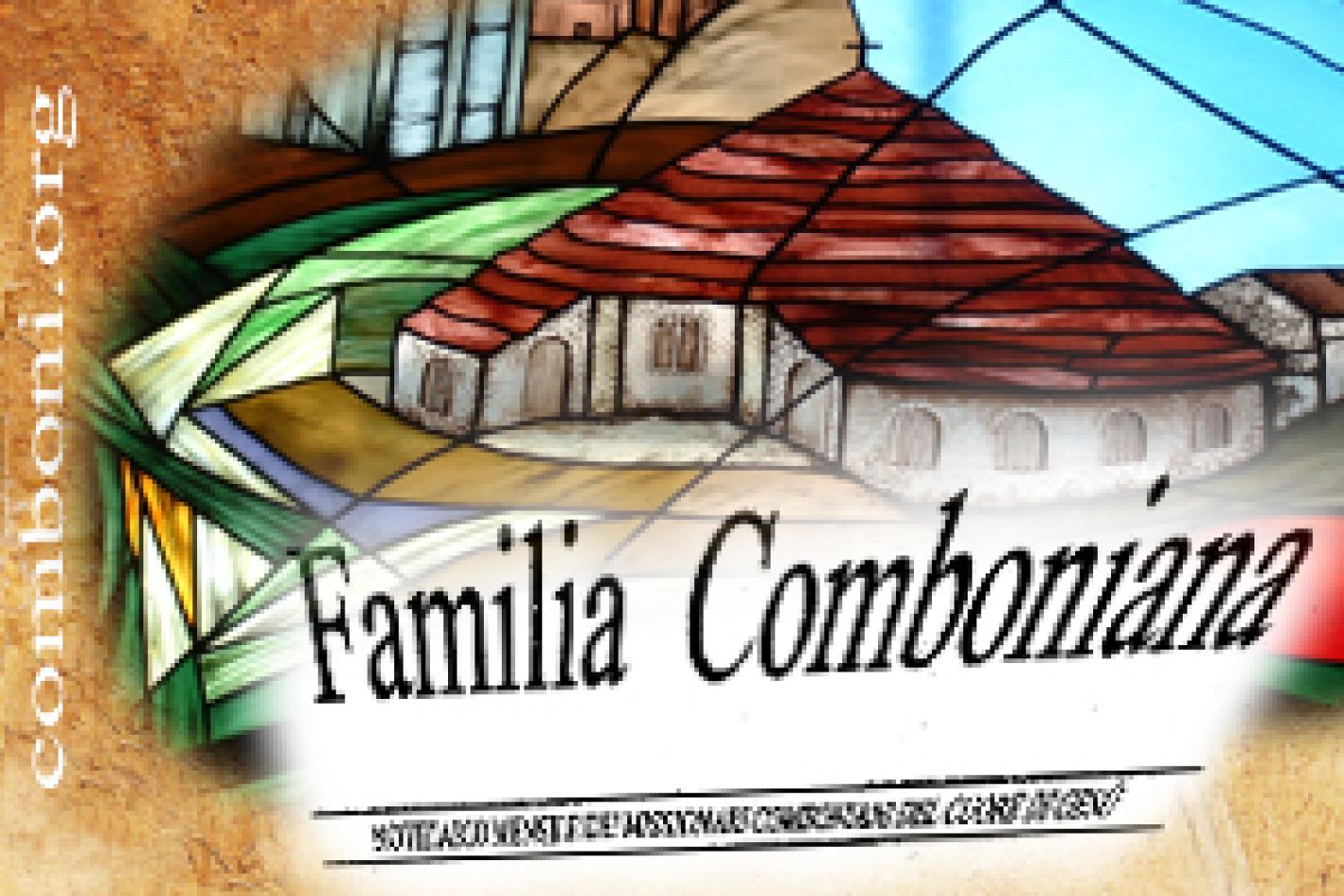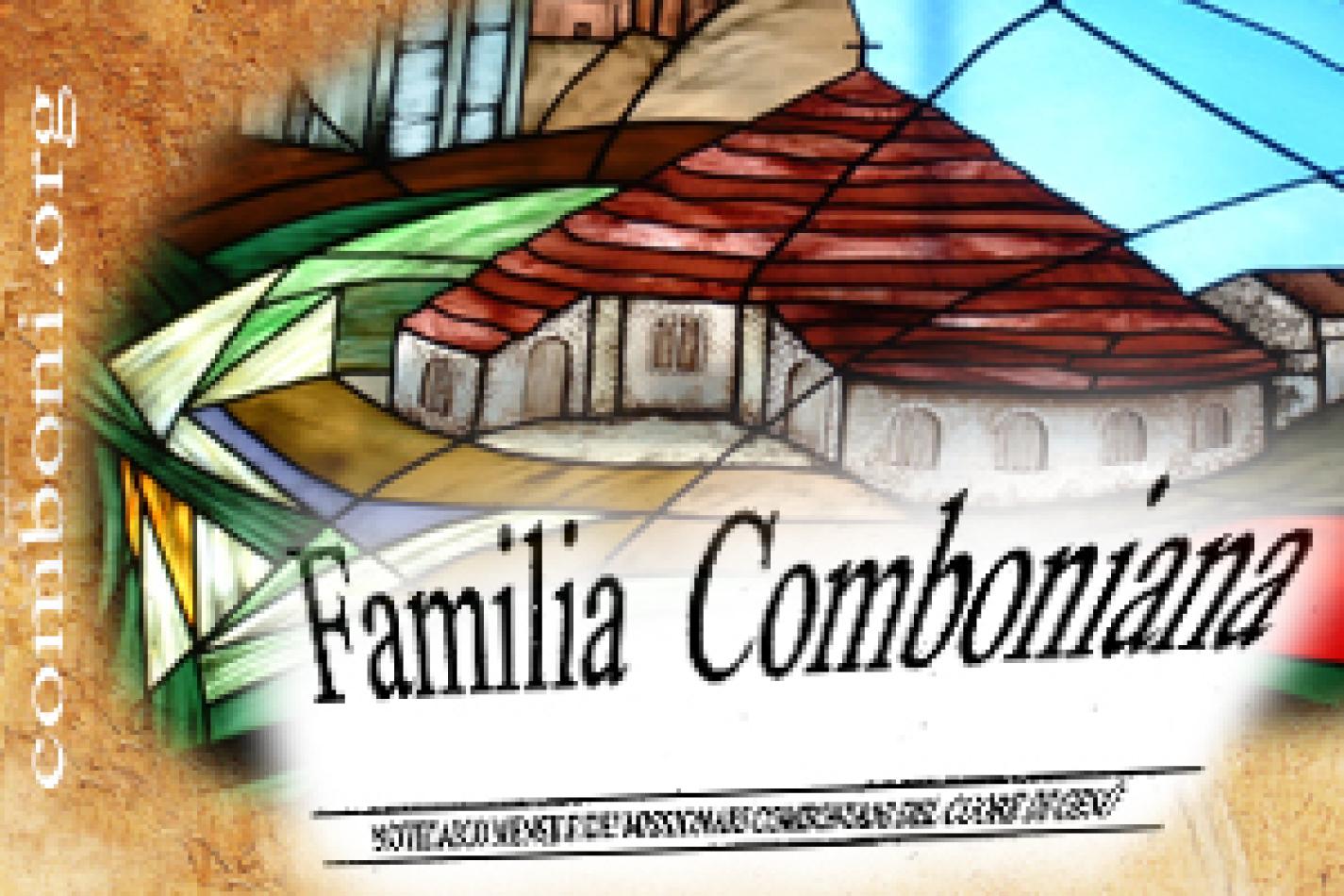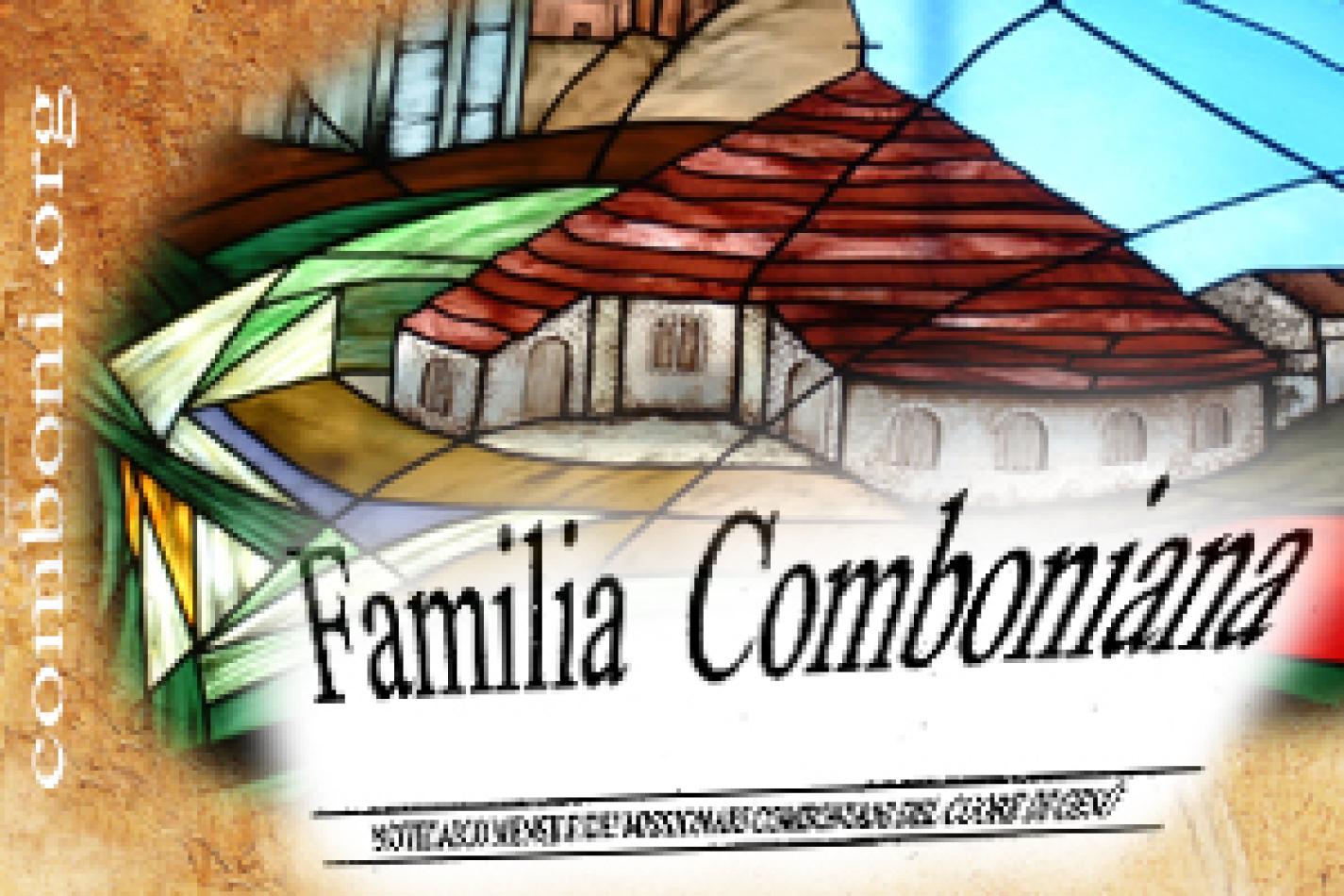The frequent contemplation of the Pierced Heart will enable us to see with compassion and love the people we encounter in their daily situations and needs. Only by such an attitude our missionary response will be the same as that of Jesus
“Whoever has seen me has seen the Father” (Jn 14:9)
We are living in a time of rapid and dramatic changes
In the first stage of the Ratio Missionis we saw that the assimilation of the elements of our charism is not very deep and that the interpretation of it is more an individual business than a communitarian one. This is strongly affecting our identity. Thus most provinces suggest a deeper reflection on this aspect through the Ratio Missionis, particularly during the phase of discernment.
The changes effected by time and by globalization in the world of today are involving us in many ways at spiritual, sociological and sociopolitical level. Besides, it may be difficult to understand what the Sacred Heart means to the people of Africa, Latin-America, Asia and the post-modern Western World (1). Some of our communities are already presenting themselves as multi-ethnical and intercultural (2), with ever more numerous confreres coming from the various areas where we work. These confreres are changing and challenging the Institute to become “catholic” according to our Founder’s Plan. We Comboni Missionaries feel new sensibilities arising about our spirituality, our mission and our identity which call for our attention. The event of Comboni’s canonization has indeed encouraged us to a deeper discovery of the gift that has been given us. It makes us able to take on, courageously and creatively, the challenges of a renewed mission which we need for the coming of the Kingdom in today’s world. In this way we are given our rightful place in the Church, displaying our specific missionary characteristics (3).
In its letter of presentation to the Chapter Acts 2003, the General Council wrote: “This document is the voice of our Family, engaged in God's mission and guided by the spirituality of our Saint and Founder” (4). “The members of the Chapter set off looking for the new, the prophetic. The new means to return to that passion for the mission that Comboni spoke about, worked, lived and died for” (5). We feel a dichotomy between what we are by name, namely “Comboni Missionaries of the Heart of Jesus”, and what we should be at the level of missionary identity. This, indeed, influences the way we feel about our spirituality (6).
The crisis in spirituality is a crisis of identity
The spirituality of the Sacred Heart is actually in a crisis, despite the long tradition, history and the many documents of the Church and of the Institute on the issue. Only a small part of common folk and not even many religious are presently seeing this spirituality as corresponding with their religious expressions and feelings. Religious and moral relativism is undermining the universal hope and compassion which flow from the Sacred Heart. What remains is a sweet and personalised devotion or veneration with little relevance to the challenges of the world of today. This development is going hand in hand with the loss of the central message of Christianity which is expressed in the unconditional love of God for mankind through Jesus Christ.
Among the essential elements which characterise our Comboni identity, the “Sacred Heart of Jesus” receives only marginal attention (7). It seems we have not sufficiently developed a Christology in the light of the Sacred Heart, one that sees this devotion not simply as a personal preference, but rather as a fundamental element of our Comboni spirituality. This also explains the reason why compassion towards the poor and most abandoned allows room for everything: from paternalism to human development, to the carrying out of projects and commitment to justice and peace and the integrity of creation.
Need of serious contemplation and reflection on the Sacred Heart
“Whoever has seen me has seen the Father” (Jn 14:9). We need to identify ourselves with the attitudes and feelings of Jesus by seeing through his eyes, thinking with his mind, feeling with his heart, walking with his feet, embracing with his arms. Jesus was lost with the lost, hungry with the hungry, and sick with the sick. All suffering was perceived by him with a perfect sensitivity. The great mystery revealed to us by this attitude is such that Jesus, the sinless Son of God who chose in total freedom to fully bear our pains, helps us to discover the true nature of our own passions. Confronted by him, we see and experience who we truly are. He, who is divine, lives our broken humanity not as a curse (Gn 3:14-19), but as a blessing. His divine compassion makes it possible for us to face our sinful selves, as this compassion transforms our broken human condition from a situation of despair into one of hope (8).
With our eyes fixed on him, we will not be driven to follow any trend or what is new and fashionable, but learn instead to avoid false ideologies and doubtful church strategies and politics. Jesus shows us a compassionate God. This means, first of all, that he is a God who has chosen to be God-with-us: “For God loved the world so much that he gave his only Son, so that everyone who believes in him may not perish but have eternal life” (Jn 3:16). It is exactly this feeling of compassion we ought to have ourselves when we carry out our missionary work and live our missionary consecration. The frequent contemplation of the Pierced Heart will enable us to see with compassion and love the people we encounter in their daily situations and needs. Only by such an attitude our missionary response will be the same as that of Jesus and not one of our own or a “missio mea”.
“The contemplation of the Pierced Heart of Christ, which gives birth to the Church, is a challenge to missionary action as a commitment to total human liberation, and to that fraternal charity which must be a distinctive sign of the Comboni missionary community” (9). There can be no mission without a personal encounter with Christ, no mission without a true encounter and life-sharing with the poor and no mission without a personal encounter with Comboni (10). From this experience, passed on to us by St. Daniel Comboni, we are announcers and witnesses of the Good News, making common cause with the people, especially in difficult situations, and being available to go where others do not want to go (11). “Yes, I am now your father and you are my children. I embrace you and press you to my heart. Your good will be mine and your sorrows will also be mine. I make common cause with each one of you, and the happiest day of my life will be the one on which I will be able to give my life for you.” (12)
Questions for our reflection
1. The Pierced Heart of Christ, crucified and risen, should be at the centre of our prayerful attention, particularly in our contemplation and meditation. Do we seek this Pierced Heart in order to be his true missionaries to the world?
2. How do we meet people, especially the poor and abandoned? How do we do this, particularly in difficult situations? Is it Christ we meet in people? Do we look at them through his eyes and with his feelings? How can we learn to be compassionate like the Father in heaven? How can we, at least, learn to be good listeners?
3. What about our celebration of the Eucharist? Is it our frequent and indispensable encounter with the crucified and risen Lord, who is enacting his total compassionate self-giving “for us and for all”?
1 Report on the first phase 4.1
2 Cf. CA 2003, 17, 18
3 CF.CA 2003, 32
4 CA 2003, The letter of presentation, The voice of the mission
5 CA 2003, The letter of presentation, The new insight of the Chapter
6 Report of the first phase, 4.1
7 Cf. CA 2003, 22
8 Cf. Henry J. Nouwen, Compassion, New York, 1993
9 Rule of Life 3.3
10 Report of the first phase 9.1; 9.3; 9. 4
11 Cf. Contribution of South Sudan Province for the Ratio Missionis
12 Cf. Writings 3157ff
Ratio Missionis, phase of discernment IDENTITY 3
 Questo sito utilizza cookie, anche di terze parti, per inviarti pubblicità e servizi in linea con le tue preferenze. Se vuoi saperne di più o negare il consenso a tutti o ad alcuni cookie clicca qui. Chiudendo questo banner o cliccando qualunque suo elemento acconsenti all'uso dei cookie.
Questo sito utilizza cookie, anche di terze parti, per inviarti pubblicità e servizi in linea con le tue preferenze. Se vuoi saperne di più o negare il consenso a tutti o ad alcuni cookie clicca qui. Chiudendo questo banner o cliccando qualunque suo elemento acconsenti all'uso dei cookie.



